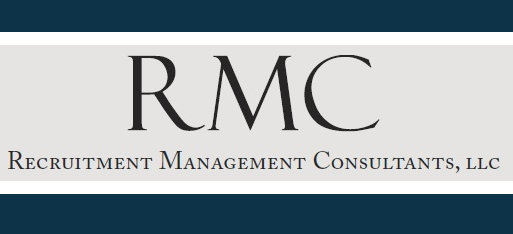Agile Requires Strong Leadership. Just Not the Kind We’re Used To
By: Jeff Dalton
I wasn’t always a technologist. In fact, I was the furthest thing from it.
My childhood was a little different than most of my friends. By eight years old, I was touring in our family’s music group, joining my parents and three siblings from 1968 to 1980. What did I learn?
Craftsmanship. Discipline. Collaboration. Transparency. Perfection. Persistence. Ceremony. And how to self-subscribe – and commit – to excellence.
All of these habits, along with a solid theoretical framework were only the start. If this sounds like a systemic program to build a solid foundation for quality, while embracing a culture of excellence for continued high performance, it’s because that’s exactly what it is – and it’s the reason we often hear that “musicians make good coders.” It’s not because “music is math,” it’s the culture.
My journey from musician, to software engineer, to CEO has been one of many twists and turns, but the most important lesson I’ve learned along the way is “innovation lies on the far side of discipline.” It also taught me that many of today’s leaders that I interact with are ill-prepared to lead high performing, self-organizing agile teams, them being caught up in the command-and-control culture that inhabits corporate board rooms.
All is not well in the Land of Agile either. Many large adopters are struggling to achieve the results they expected, team members are often uncomfortable with the ambiguity inherent in agile projects, line managers don’t know how to lead in a high-trust self-organizing teams, and business customers complain that they have to spend too much time working on the project without getting the return on investment they were promised. In some cases, CIO’s are finding it so complicated that they are now forbidding the use of Agile altogether! But, in every leading magazine, from Harvard Business Review to the Cutter IT Business Journal to CIO, and in every major survey, including Version One’s “State of Agile Survey,” we learn that the responsibility of these, and other issues related to success with large-scale agile adoption, rests squarely on the shoulders of leadership. In fact, over 60% of respondents say that corporate leaders have philosophies that directly conflict with Agile values.
While many leaders are telling their teams to “be agile,” they are not themselves adopting, practicing, and projecting agile values. This creates an organizational type mismatch where leaders are practicing their hard-earned command-and-control techniques, and teams are trying to self-organize in what is inevitably a low-trust environment. If you were a leader who spent their entire career learning to navigate in a low-trust environment, would you give it up that easily?
I am lucky enough in my work to collaborate with some of the greatest agile organizations in the world in my role as Chief Evangelist for AgileCxO.org. Through that work I have observed that:
- Agile ceremonies often devolve into “water-scrum-fall” with scrum masters tasking team members, sprint durations changing based on workload, team members moving in and out of teams, and story points being normalized between teams as hours.
- Leaders continue to resist high-trust, self-organizing values.
- Product Owners are often “IT surrogates,” negating the value of the business owning the risk and ROI of the product.
- Retrospectives are rarely conducted beyond the individual agile team community.
- Team members and leaders are not sufficiently trained in the rigor and discipline of agile ceremonies.
- Leaders don’t know what “agile looks like,” and are unable to verify that teams are embracing agile values, ceremonies and techniques in a way that makes sense for the business.
- Traditional, often punitive metrics are still being used, adding little value to the organization.
- Teams and leaders often “experiment” their way into chaos by eliminating or severely distorting the intention of the ceremony or technique they are using.
Leaders themselves need help with the transformation. Not just learning about agile-related techniques like Scrum and XP, but learning how to recognize their use and value within the context of a high-trust, self-organizing eco-system. It’s not that Agile doesn’t require strong leadership – it does – it’s just different than what we’re used to.
Agile leaders are providers. They’re stewards and operators of an infrastructure that supports trust, discipline, and self-organization at all levels of the organization.
In my new book Great Big Agile: An OS for Agile Leaders (©2019 APRESS-SPRINGER) I set out to help agile leaders who were struggling with the cultural transformation required to be Agile from top to bottom. I wanted to provide them with the lessons learned from over 200 organizational assessments in an illustrated guide that defines the behaviors a great leader demonstrates as they lead a large-scale agile organization. The resulting model, the Agile Performance Holarchy, is a guide to bring solid Craftsmanship, Discipline, Collaboration, Transparency, Perfection, Persistence, Ceremony, and Value to any organization.
Just like an artist.
Jeff Dalton is Agile Evangelist at AgileCxO.org, and has spent the past 30 years learning, leading, and delivering software solutions in the corporate and government IT and Engineering sectors. His new book, Great Big Agile: An OS of Agile Leaders is now available from all book sellers. Jeff is a jazz bass player and recording engineer with a dozen records under his belt, a full-time learner, instrument rated pilot, and owner of two tech firms – Broadsword and AgileCxO.org. He lives happily in the Florida Keys.

